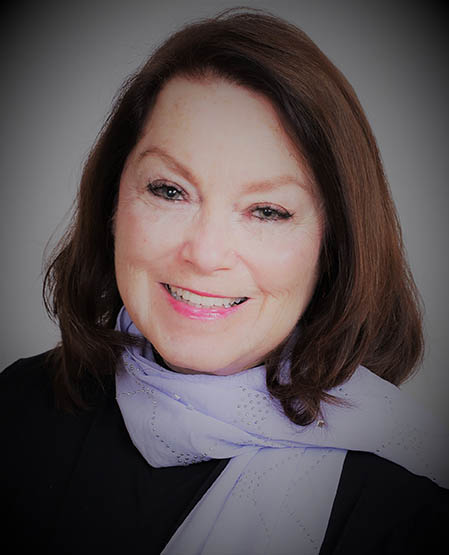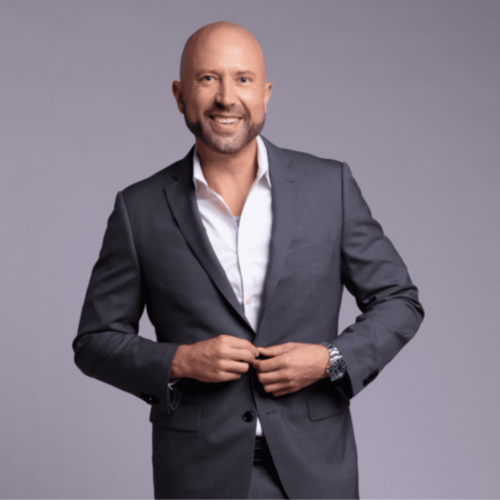What’s in it for me? Five things you’ll need to know when choosing a financial advisor
Setting Yourself Up Right: Choosing your financial advisor can be easy once you know what you’re looking for. These five steps will help you find the smart fit for you.
1. Get clear on what your financial advisor will deliver.
There’s a difference between a broker and an independent financial advisor. Brokers or insurance agents sell products. They’re paid commissions for financial products they may recommend to you.
Independent financial advisors work directly for you. They provide advice gained from experience and focus within the industry. A relationship with a financial advisor may result in a broader payment structure for working with you across areas such as financial planning, investment management, and Estate planning.
2. You can ask questions about the fees. In fact you should.
Assessing the true cost of working with a financial advisor can be tricky. The first question to ask? You need to know if the advisor is fee-only. Or does this advisor earn commissions off of assets they recommend and/or manage for you.
The Wealthramp network of independent advisors are all fee-only. Still the fee arrangements between yourself and an independent advisor can vary. The more complex your situation, the more your service may cost.
3. So how do financial advisors get paid, and how much will it cost?
Brokers earn commissions on the trades they make for you. Financial advisors are paid for providing advice. Period. Fee-based advisors may do a little of both, and charge you for both of those services. So it’s a confusing place to start.
The most common fee arrangements for fee-only advisors are Assets Under Management (AUM), and Flat Rate or Retainer; occasionally advisors will accept an hourly rate, but it’s not common.
Assets Under Management (AUM):
The most common compensation model for fee-only advisors is a fee based on a percentage of the assets managed for you. In addition to providing holistic financial planning for their clients, the advisor may create a customized investment allocation that directly relates to the financial plan you’ve collaborated together to create. The advisor will implement and maintain the portfolio– including trading, rebalancing, and tax-loss harvesting throughout the year. Like legal or other professional fees, the percentage rate can vary by advisor, but generally averages around 1% of the first $1million of investments being managed.
EXAMPLE:
Say you have a $500,000 portfolio that you manage with the help of a fee-only adviser charging 1% of your portfolio’s value each year. In that case, you’re paying $5,000 a year for that guidance.
Flat Fees/Retainer:
Flat-fee Relationships are usually financial planning focused. The advisor may not directly manage your investable assets but can provide guidance on your investment strategy. In this type of relationship, once you have agreed on the fee and have shared your short and long term financial goals, the advisor will focus on cash flow, tax strategy, and financial planning to help you achieve those goals.
Many people choose to continue these relationships after the initial financial plan is created to ensure that there’s constant oversight of the plan. For ongoing engagement, your financial advisor will update and adjust your financial plan as your life changes. Flat rates or retainers should always reflect the complexity of your situation.
EXAMPLE:
For new investors just starting to save and invest outside of their 401K, rates from the highly vetted Wealthramp network advisors can be as low as $75 per month. For more complex situations, annual fees can range from $2,500 to $10,000 or higher.
Hourly:
Occasionally, a financial advisor will agree to work with you on a rate-per-hour basis. This is generally for ad hoc, non-recurring advice. You will most likely find the hourly rate is usually between $250 and $500 per hour.
4. I’ve heard about hidden fees and costs. What should I be looking for, and where?
The true cost of financial advice isn’t always transparent or easy to calculate. It’s a problem that has dogged the industry for years. The SEC has made some progress in requiring more transparent reporting of both fees and conflicts of interest, but the total cost of advice still isn’t always easy to track.
Brokers:
If you work with a broker, and not an independent financial advisor, you will pay the broker a commission on every trade they make on your behalf. Broker commissions aren’t usually isolated on a monthly fee report, and that can make it difficult to know exactly how much you’ve been paying for “advice” in any period of time. A broker might recommend higher cost proprietary products or investments, products that might possibly not be the best investment for you within a risk category.
Insurance Agents:
If your advisor is an insurance agent, and many are, they will likely receive a commission on insurance products that you purchase. Insurance products such as Annuities are useful in some portfolios, but fees can be very high and eat into returns.
Fee Only:
Fee only advisors never get paid commissions. They don’t sell anything. They are paid for advice only. Your engagement contract with the advisor will include a fee schedule that you’ve both agreed on. You will still need to take on the trading and fund costs, but independent advisors– including all advisors you’ll meet through Wealthrmap– work with low or no cost custodians, and generally only recommend low cost investments.
5. What does an advisor actually do for me? Is it worth it?
Nearly everyone doing financial planning has asked themselves this question. Is building an ongoing relationship with an advisor worth the cost?
The most notable study in answer to this question was done by Vanguard. Updated in July of 2022, the study attributes net additional return (“Alpha”) from working with a fee-only advisor at 3%. That’s 3%, net of the fees paid to the advisor.
Vanguard reminds investors that potential 3% improvement can’t be expected annually; rather, it is likely to be very irregular. And the extent of the value will vary based on each client’s unique circumstances and the way the assets are managed.
So what is it that financial advisors DO to earn that extra return? The value of working with a fee-only financial advisor typically comes from these 7 categories:
- Diversifying portfolios according to risk profiles
- Making cost effective investments
- Rebalancing investors’ portfolios
- Allocating assets
- Optimizing spending/withdrawal strategies
- Assessing total return versus income Investing
- Behavioral Coaching to help investors build and maintain their long term objectives
THE #1 MUST HAVE WHEN CHOOSING YOUR FINANCIAL ADVISOR:
Qualified fee-only advisors always keep fresh eyes on your financial plans and investments. They can help you look forward, and understand what your financial position could look like in 5, 10 or 20 years as you contemplate big decisions, including Retirement. A fee-only financial advisor will Stress-test your assumptions, identify and help you avoid blind spots, tell you what you need to hear (not only what you want to hear), and prevent you from making big mistakes through constant and ongoing monitoring. In addition to all of these tasks above, which I like to refer to as the “constant Gardening” that optimally maintains and grows your investments, there’s one critical and intangible benefit from an ongoing relationship with an expert who knows both you and knows markets as things constantly change. And that’s Peace of Mind.
No matter where you are on your journey, good advice can help.
Download your personalized guide and explore what the right advisor can do for you
The post What’s in it for me? Five things you’ll need to know when choosing a financial advisor appeared first on Resources | Wealthramp.
























